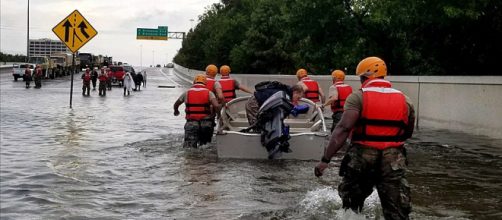Forecasters have said that 2018 could see an increase in the number of storms and hurricanes striking the United States. The active Atlantic hurricane season is set to begin on June 1 and there could be 10 to 16 storms and five to nine hurricanes blowing through the Atlantic. Last year, Harvey, Irma and Maria came through, with Maria damaging the electrical grid in Puerto Rico. The extent of the damage was unimaginable and many are still dealing with the impact in the aftermath.
Daily Mail UK reports that some of these could have accompanying winds of at least 111mph.
It is a warning and the administration must be ready to face the situation because people may have to be evacuated, and damage to infrastructure like roads and communication networks will have to be addressed.
Hurricanes mean loss of lives and property
2017 saw three major hurricanes tear through the United States. It began with Hurricane Harvey which struck on August 17 and went on until September 3. It slammed into central Texas and Florida with wind speeds of 130mph, leading to large-scale damage to infrastructure.
Harvey resulted in 60 inches of rain in Texas. This exceeded the previous record recorded in 1950 by nearly a foot. Subsequently, Irma targeted Florida, Puerto Rico, Cuba, and other Caribbean islands with wind speeds around 134mph.
It left more than 100 dead.
Hurricane Maria was the next one. It ravaged Puerto Rico from September 16 to October 2, and affected its electrical grid because the poles were uprooted by the 175mph winds. The outdated grid succumbed to the fury and the death toll was over 50. In the opinion of experts, it will take a long time for Puerto Rico to recover from the damage.
The scenario is grim
Last year there were a total of 17 storms and 10 hurricanes in the United States. This year, the figures are expected to be more. A normal season is one with 12 storms and six hurricanes and once it goes beyond these figures, things get serious. According to an official from NOAA, the present climate signals are vague.
These natural disasters originate from global warming and leave behind a trail of death and damage to infrastructure. The Scientific American goes on to add that Hurricane Harvey gave rise to unprecedented flooding that could be attributed to global warming. This resulted in the storm precipitating more rain than usual. The intensity increases with a warmer atmosphere which can carry more water vapor. When coupled with higher ocean surface temperatures, the combination is deadly.


